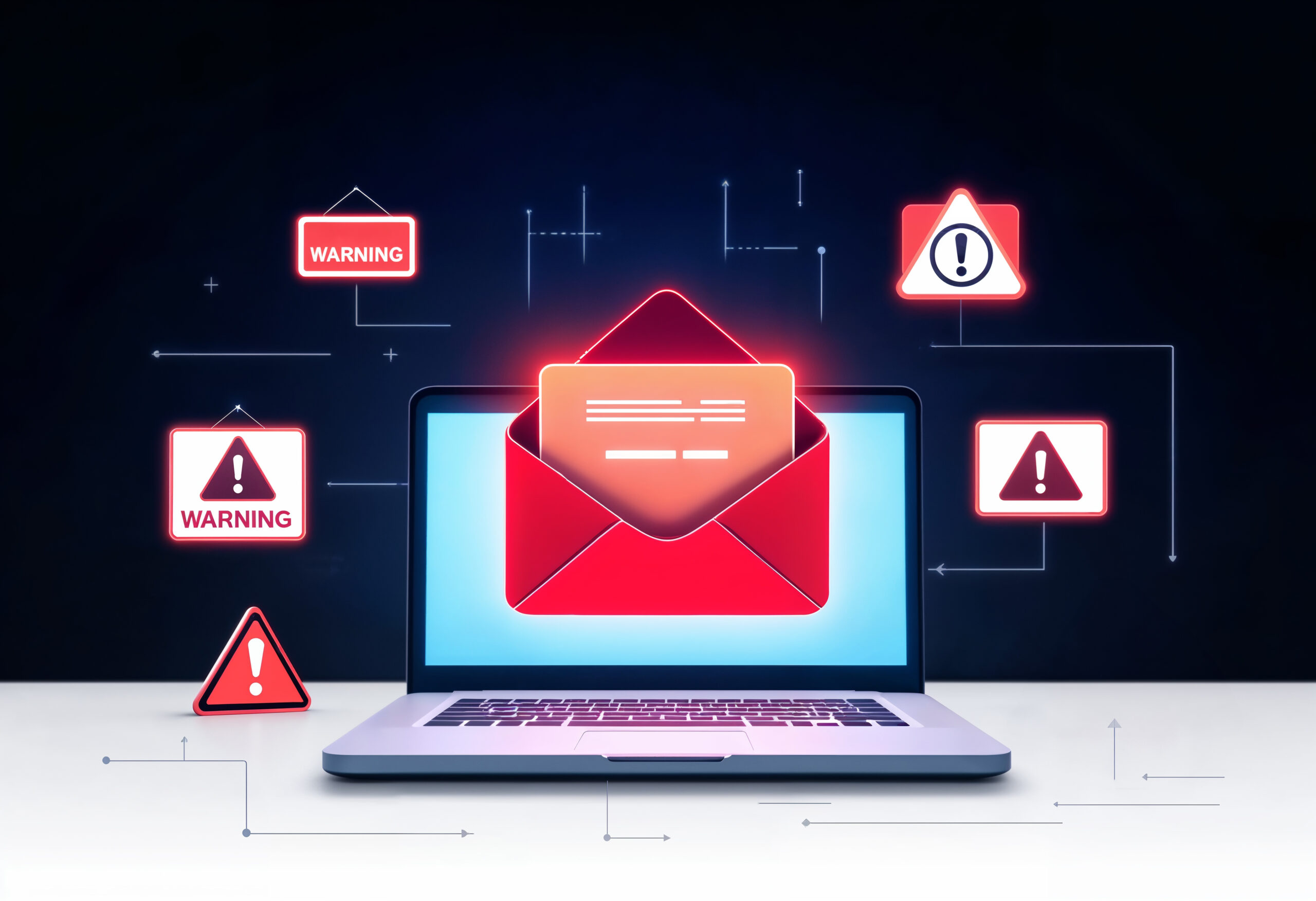Email security has become a critical aspect of cybersecurity as cybercriminals increasingly target email accounts to infiltrate personal and business systems. Emails remain the primary communication method for organizations, making them a prime target for phishing, malware, and other cyber threats.
This article explores email security, common threats, and best practices to safeguard your email communications from cyberattacks.
Understanding Email Security
What is Email Security?
Email security refers to the techniques and technologies used to protect email accounts, content, and communication from unauthorized access, cyber threats, and data breaches. It includes encryption, authentication protocols, spam filters, firewalls, and user awareness training to ensure safe email exchanges.
Why is Email Security Important?
Email security is crucial for:
- Preventing cyberattacks: Phishing and malware attacks often start via email.
- Protecting sensitive data: Emails contain confidential business and personal information.
- Ensuring regulatory compliance: Businesses must comply with GDPR, HIPAA, and other data protection laws.
- Maintaining business integrity: Cybercriminals use email fraud to conduct financial theft and brand impersonation.
Common Email Security Threats
1. Phishing Attacks
Phishing is a fraudulent attempt to obtain sensitive information such as passwords, financial details, or personal data by pretending to be a trustworthy source. Attackers often use emails that appear legitimate to trick users into clicking malicious links or downloading malware.
Example: An email impersonating a bank requests you to verify your account by clicking a link, which leads to a fake login page that steals your credentials.
2. Spear Phishing and Business Email Compromise (BEC)
Spear phishing targets specific individuals or organizations with personalized messages to increase the likelihood of success. BEC is a sophisticated form of spear phishing where attackers impersonate executives or trusted vendors to manipulate employees into sending money or sensitive data.
Example: A CFO receives an email that appears to be from the CEO, requesting an urgent wire transfer to a fraudulent account.
3. Malware and Ransomware via Email
Malicious email attachments or links can install malware on a system, compromising the device or encrypting files for ransom. Ransomware attacks have cost businesses millions in damages.
Example: An employee opens an invoice attachment that installs ransomware, encrypts company files and demands a Bitcoin payment for decryption.
Related: Ransomware Attacks: How to Prevent, Respond, and Recover
4. Email Spoofing and Impersonation
Cybercriminals forge the sender’s email address to make an email appear as if it’s from a legitimate source. This is commonly used in phishing and scam attacks.
Example: An attacker sends an email appearing to be from Microsoft, warning the recipient about a security breach and urging them to reset their password.
5. Spam and Email Bombing
Unsolicited spam emails clutter inboxes and can be a vehicle for phishing, malware, or scams. Email bombing involves overwhelming a recipient’s inbox with massive amounts of emails, often as a distraction from a more significant attack.
Example: A user suddenly receives thousands of random emails, making it harder to notice a fraudulent financial transaction confirmation email hidden among them.
Best Practices for Email Security
1. Implement Strong Authentication Methods
Using strong authentication methods can prevent unauthorized access to email accounts. Key techniques include:
- Multi-Factor Authentication (MFA): Adds an extra layer of security beyond passwords.
- SPF, DKIM, and DMARC: Email authentication protocols that prevent spoofing and phishing.
2. Employee Training and Awareness
Since human error is a leading cause of email security breaches, regular training on identifying phishing emails and following security best practices is essential.
Best practices include:
- Avoid clicking on suspicious links.
- Verify unexpected requests via another communication channel.
- Use unique and strong passwords.
3. Secure Email Gateways and Filters
Organizations should deploy email security gateways that filter out spam, phishing emails, and malware. AI-driven security solutions can analyze patterns and detect suspicious email activity in real-time.
4. Encryption and Secure Email Transmission
Encryption ensures that email content remains unreadable to unauthorized parties.
- TLS (Transport Layer Security) encrypts emails during transmission.
- End-to-end encryption ensures only the sender and recipient can read emails.
5. Regular Software Updates and Patch Management
Keeping email clients, security software, and operating systems updated prevents attackers from exploiting vulnerabilities in outdated systems.
6. Incident Response Plan for Email Threats
Having a response plan in place can minimize damage if an email attack occurs. Steps include:
- Identifying and reporting suspicious emails.
- Isolating compromised accounts.
- Notifying affected parties and taking mitigation measures.
Insights into the Future of Email Security
- AI and Machine Learning in Threat Detection: AI-powered tools can detect unusual email patterns and identify threats faster than traditional security systems.
- Zero Trust Email Security Models: The Zero Trust approach assumes every email could be a potential threat and applies strict verification mechanisms.
- Advanced Email Authentication Standards: More businesses are adopting BIMI (Brand Indicators for Message Identification) to authenticate legitimate emails with verified brand logos.
Related: The Future of Cybersecurity: Trends to Watch in 2025
Conclusion
Email security is a necessity for both individuals and businesses. With cybercriminals constantly evolving their attack methods, implementing strong authentication, employee training, encryption, and AI-powered email security solutions is crucial for preventing email-based cyber threats.
Staying vigilant, informed, and proactive can significantly reduce the risks associated with email threats, ensuring safer and more secure communication.
Frequently Asked Questions (FAQs)
1. What is the most common type of email attack?
Phishing is the most common email attack, where attackers trick users into providing sensitive information using deceptive emails.
2. How can I tell if an email is fake or malicious?
Look for red flags like poor grammar, urgent requests, suspicious links, and unexpected attachments. Always verify the sender’s address before clicking anything.
3. Why is email encryption important?
Encryption protects emails from being intercepted and read by unauthorized parties, ensuring secure communication.
4. What should I do if I fall for a phishing scam?
Immediately change your passwords, enable multi-factor authentication, and report the incident to your IT or security team.
5. What are the best email security tools for businesses?
Popular email security tools include Microsoft Defender for Office 365, Proofpoint, Mimecast, Barracuda Email Security, and Google Workspace Security.


